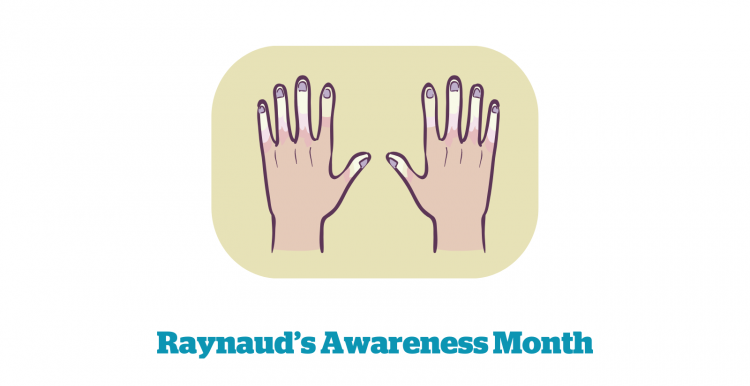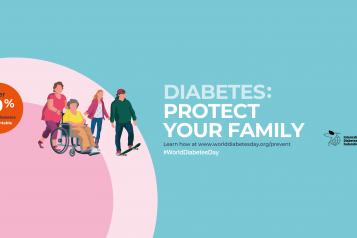Have you heard of Raynaud’s?

Up to 10 million people in the UK have a form of Raynaud’s and yet research shows that nearly half of UK adults don’t know any of the signs of the disease.
What is Raynauds?
If your fingers often become cold, numb, painful and change colour, you might have Raynaud's phenomenon. It is named after Maurice Raynaud, the doctor who first acknowledged it and it is very common.
When we are exposed to the cold, a normal response of the body is for the blood vessels, such as those in the fingers and toes, to become narrower.
When someone has Raynaud's, the narrowing of the blood vessels is more extreme, resulting in the skin changing colour. The fingers and toes may change from white to blue, and then to red. Raynaud's can also affect the lips, nose, ears and nipples in the same way.
The main triggers of a Raynaud's attack are exposure to the cold and emotional stress.
What are the symptoms?
- A colour change in the extremities such as the hands or feet, often in response to cold conditions
- Cold and numbness in the affected areas, such as the fingers and toes
- Tingling or pain, especially as the circulation returns to the affected areas
A Raynaud's attack can be uncomfortable, and sometimes quite painful. It can also make everyday tasks, like buttoning a jacket or unzipping a purse, very difficult
There is no cure, but it can be treated. The key is also to try and avoid an attack by keeping warm and reducing your stress.
Think you may have Raynaud’s? Take this online test here


